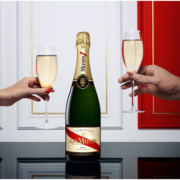Chaque intervention peut dénaturer un vin : la SES, non.
Aymerick Van Gelderen, Château Saint-Ahon
Directeur technique du Château Saint-Ahon situé en Haut-Médoc, Aymerick Van Gelderen inscrit l’usage de la stabilisation éco-sélective dans une recherche de Qualité.
Une petite visite guidée du Château pour commencer ?
C’est une propriété familiale qui a toute une histoire : Charles de Montesquieu la possédait au XVIIIe siècle, elle fut détruite à la Révolution française, puis reconstruite sous le 1er Empire, puis rénovée en 1875… Il y a eu en tout 67 propriétaires ! Actuellement, c’est le Comte et la Comtesse Bernard de Colbert, descendant direct du ministre des Finances de Louis XIV, qui possèdent le Château. Leur gendre et leur fille, Nicolas et Françoise Chodron de Courcel, y sont installés et dirigent le domaine qui compte 30 ha de vignes. Nous produisons 120 000 bouteilles sur une année classique : un rouge en AOP Haut-Médoc cru bourgeois, un rouge en AOC Haut-Médoc, un rouge en AOP Bordeaux et un rosé en AOC Bordeaux.
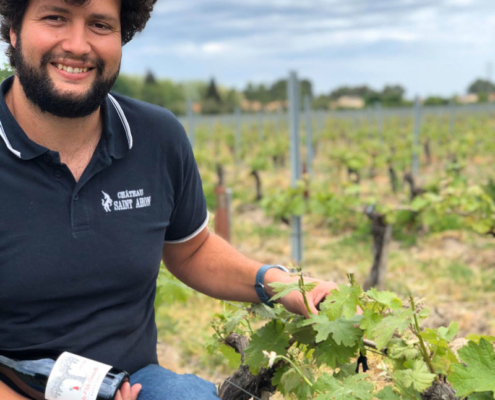 Quels choix environnementaux interviennent dans l’élaboration de ces vins ?
Quels choix environnementaux interviennent dans l’élaboration de ces vins ?
Nous nous tenons le plus loin possible de l’idée de faire des vins technologiques standardisés, et le plus proche possible de la nature de notre terroir. Concrètement, cela veut dire : plus de désherbage chimique, engrais organiques, priorité aux produits autorisés en bio, le moins d’intrants et de souffre possible, pas de collage, élevage en amphores… On va de l’avant ! Depuis la création du label, le Château Saint-Ahon est certifié Haute Valeur Environnementale niveau 3.
Pourquoi utiliser la stabilisation éco-sélective ?
Dans un souci de Qualité. La SES est utilisée au Château Saint-Ahon depuis 2010. À l’époque, nous avions eu des retours de clients américains, chinois et belges sur des dépôts importants. Aujourd’hui, même certains professionnels chinois commencent à comprendre cette idée vivante du vin et se soucient moins des dépôts. Mais pour certains consommateurs, ça peut bloquer. Donc on utilise les services de GEMSTAB sur 3 de nos 4 vins, en combinaison avec la filtration tangentielle. L’avantage, c’est qu’on s’assure l’absence de dépôts en évitant les additifs et en limitant les effluents à retraiter. Et puis c’est moins cher que certains traitements par le froid.
Pensez-vous que la SES impacte le vin en dehors de soustraire les ions responsables des précipitations tartriques ?
S’il y a un impact, il est très difficile à percevoir ! Qu’il s’agisse de la SES ou de beaucoup d’autres méthodes, techniques ou intrants, on sait que chaque intervention sur un vin peut le dénaturer. Pour moi, la SES ne dénature pas le produit.
Comment expliquer ce débat sur l’autorisation ou non de la SES pour les vins bio ?
Et bien je pense que c’est le côté membranaire qui freine. Il y a une extraction d’ions, ça peut faire peur. Mais pour moi ce n’est pas un sujet de débat. Quand j’en parle, ça n’affole personne, pas même nos clients particuliers. Je crois que tout le monde a envie de Qualité, et c’est ce qui compte.

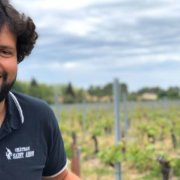
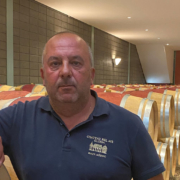
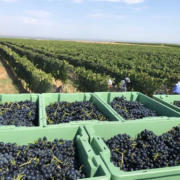
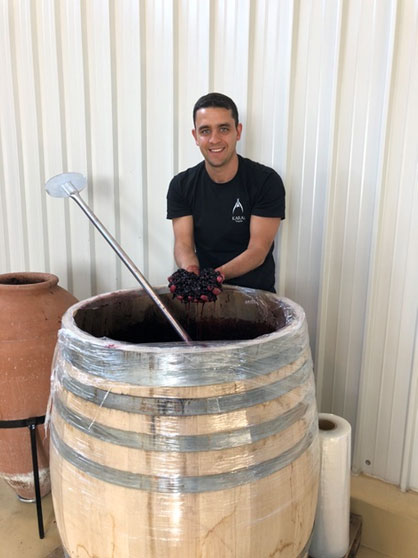 Where does the vine come from? Where did Noah plant the first one? Where was Vitis vinifera first found in its primitive form? Minor Asia, Georgia, Armenia? Fascinating questions!
Where does the vine come from? Where did Noah plant the first one? Where was Vitis vinifera first found in its primitive form? Minor Asia, Georgia, Armenia? Fascinating questions!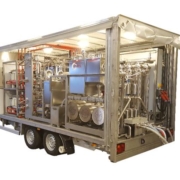
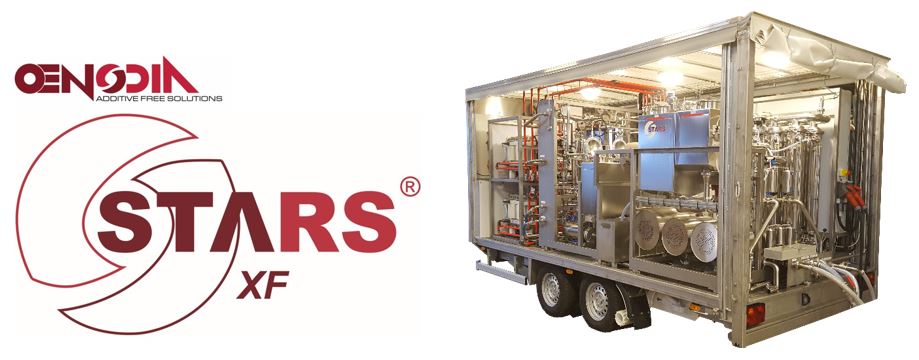

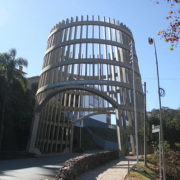

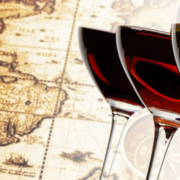
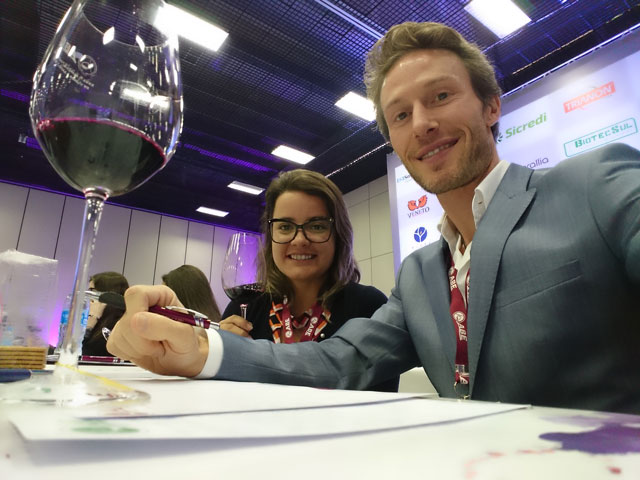
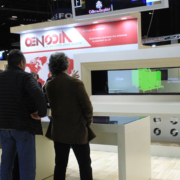
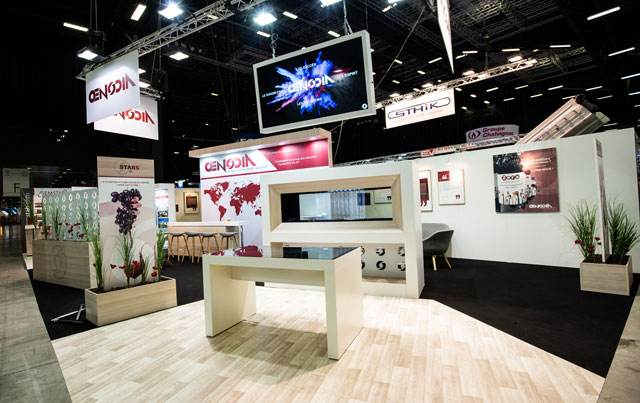
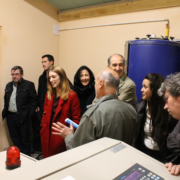
 La convención ibérica se enfocó en las oportunidades de la tecnología STARS® para la estabilización tartárica en España.
La convención ibérica se enfocó en las oportunidades de la tecnología STARS® para la estabilización tartárica en España.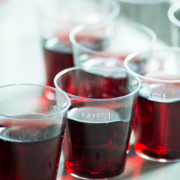
 Our Stars® technology can stabilize grape juice as well as wine. Let’s zoom in on how one of our US customers gets his juice flowing from the berry to the bottle.
Our Stars® technology can stabilize grape juice as well as wine. Let’s zoom in on how one of our US customers gets his juice flowing from the berry to the bottle.